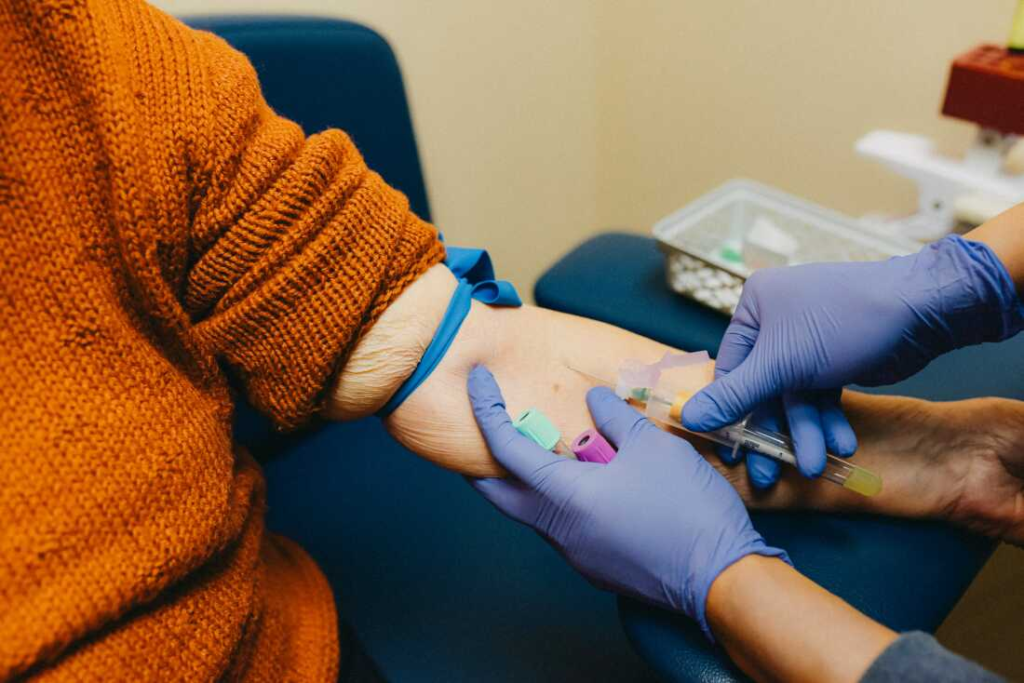Discover how to overcome obstacles in healthy living primary healthcare. Learn strategies, explore challenges, and uncover solutions to boost overall well-being.
also read: https://babessproduct.com/new-dermatology-treatments-for-common-conditions/
Introduction
Healthy living is a lifelong journey, and when paired with primary healthcare, it offers individuals a strong foundation for preventive care and wellness. However, achieving optimal health isn’t without its difficulties. Navigating challenges in healthy living primary healthcare requires awareness, commitment, and tailored solutions. This article explores common barriers people face, how to overcome them, and how primary healthcare systems can be strengthened to support healthy lifestyles.
Understanding Healthy Living in the Context of Primary Healthcare
What Is Healthy Living?
Healthy living involves making lifestyle choices that improve overall well-being—physically, mentally, and emotionally. This includes eating nutritious foods, engaging in regular physical activity, managing stress, getting sufficient sleep, and avoiding harmful habits like smoking or excessive alcohol consumption.
Role of Primary Healthcare
Primary healthcare is the first point of contact for individuals in the health system. It focuses on prevention, wellness, and treatment of common illnesses. When combined with healthy living, it forms the bedrock for long-term health and disease prevention.
Major Challenges in Healthy Living within Primary Healthcare
While the concept is simple, navigating challenges in healthy living primary healthcare is not. Below are some of the most common obstacles:

1. Limited Access to Services
One of the most significant barriers is limited access to quality healthcare services. In rural or underdeveloped areas, clinics are scarce, wait times are long, and resources are limited. This leads to irregular check-ups and delayed diagnoses.
2. Lack of Health Education
Many individuals are not fully educated about what constitutes a healthy lifestyle. Misinformation from the internet or social circles can lead to poor decisions, such as crash dieting or ignoring mental health.
3. Economic Constraints
Affording healthy food, gym memberships, or preventive screenings can be difficult, especially for families with low income. Cost becomes a barrier to both healthy living and accessing healthcare services.
4. Cultural and Social Beliefs
Cultural norms and social environments can influence health behaviors. For instance, some cultures prioritize heavy meals or discourage mental health treatment, creating resistance to healthy changes.
5. Mental Health Neglect
Mental health is often overlooked in primary care. Stress, anxiety, and depression can deter people from adopting or maintaining a healthy lifestyle.
Table: Common Challenges vs. Suggested Solutions
| Challenge | Impact | Suggested Solution |
|---|---|---|
| Limited access to healthcare | Missed screenings, untreated conditions | Mobile clinics, telehealth services |
| Lack of health education | Poor lifestyle choices | Community workshops, school health programs |
| Financial constraints | Inability to afford healthy food or fitness | Government subsidies, local support groups |
| Cultural/social resistance | Slow adoption of healthy behaviors | Culturally sensitive care, education |
| Ignoring mental health | Reduced motivation for wellness | Integrating mental health in primary care |
Solutions to Navigate These Challenges Effectively
Promoting Preventive Care
Preventive care is crucial in addressing chronic illnesses like diabetes or hypertension. Primary healthcare centers can emphasize routine check-ups, vaccinations, and early screenings to detect and manage diseases early.
Leveraging Technology
Telemedicine has become a game-changer, especially post-pandemic. Patients can now consult doctors remotely, reducing travel time and expenses. Health apps can track physical activity, diet, and even medication schedules.
Community Outreach Programs
Local governments and non-profits can organize health drives, provide free fitness sessions, or hold nutrition classes. These initiatives help spread awareness and motivate community-level participation.
Holistic Approach to Health
Addressing physical, mental, and social health collectively improves outcomes. Encouraging mindfulness practices, therapy access, and emotional well-being boosts commitment to healthy habits.
The Role of Health Professionals in Supporting Healthy Living

General Practitioners
Doctors in primary care should play a proactive role in educating patients on lifestyle diseases and preventive measures. Regular counseling and personalized care plans go a long way in fostering healthy habits.
Nurses and Nutritionists
Nurses provide ongoing care, follow-ups, and monitor progress. Nutritionists can design affordable, accessible diet plans that align with a person’s cultural preferences and medical history.
Mental Health Specialists
Including psychologists or counselors in primary health teams ensures emotional well-being isn’t ignored. Regular screenings for anxiety, depression, and stress should be as routine as checking blood pressure.
How Patients Can Take Initiative

Self-Education
Patients can begin by understanding their health conditions and learning about better lifestyle choices. Reading trusted health websites, attending workshops, and asking questions during visits helps in making informed decisions.
Building a Support System
Having a support system—family, friends, or peer groups—encourages consistency. Whether it’s walking partners or group therapy, collective efforts enhance accountability and motivation.
Setting Realistic Goals
Change doesn’t happen overnight. Start with small steps, like reducing sugar intake or walking 20 minutes a day, and gradually build towards more significant health milestones.
Case Study: Improving Health Through Integrated Care
A study in a low-income urban community showed that integrating nutrition counseling, mental health checks, and regular physical checkups into one primary healthcare facility significantly improved health outcomes. Over a year, diabetes cases decreased by 12%, and reports of depressive symptoms dropped by 20%. This proves that holistic care tailored to local needs can help overcome challenges in healthy living primary healthcare.
FAQs: Navigating Challenges in Healthy Living Primary HealthCare
- What is the biggest barrier to healthy living today?
Access and affordability are among the top barriers, followed by lack of health education. - How can I find reliable health information online?
Stick to reputable sources like CDC, WHO, or government health portals. - Is telemedicine a reliable option for regular care?
Yes, telemedicine has proven effective for non-emergency consultations and follow-ups. - How often should I visit a primary healthcare provider?
Ideally, once a year for a routine check-up or more frequently if managing a condition. - Can I manage chronic illness through lifestyle changes alone?
In some cases, yes, but always follow a doctor’s guidance for best results. - Are there free resources for healthy living education?
Yes, many local clinics, community centers, and schools offer free classes and resources. - Why is mental health part of healthy living?
Mental well-being affects motivation, decision-making, and stress management—all key to healthy living. - How can low-income families afford healthy food?
Budget-friendly meal planning, food banks, and government assistance programs can help. - What role do community health workers play?
They bridge the gap between healthcare providers and communities, offering education and support. - How can I advocate for better primary healthcare in my area?
Join local health boards, participate in town halls, and communicate with local officials to push for improvements.
Conclusion
Navigating challenges in healthy living primary healthcare involves a multifaceted approach. From tackling limited access and education gaps to addressing mental and social barriers, both individuals and health systems have vital roles to play. By embracing preventive care, technological innovations, and community support, we can bridge the gap between knowledge and action. Whether you’re a patient, healthcare worker, or policymaker, your efforts contribute to a healthier, more sustainable future.
also read: https://babessproduct.com/how-is-balloon-sinuplasty-used-to-treat-chronic-sinusitis/
also read: https://babessproduct.com/how-effective-is-prp-for-thinning-hair/

